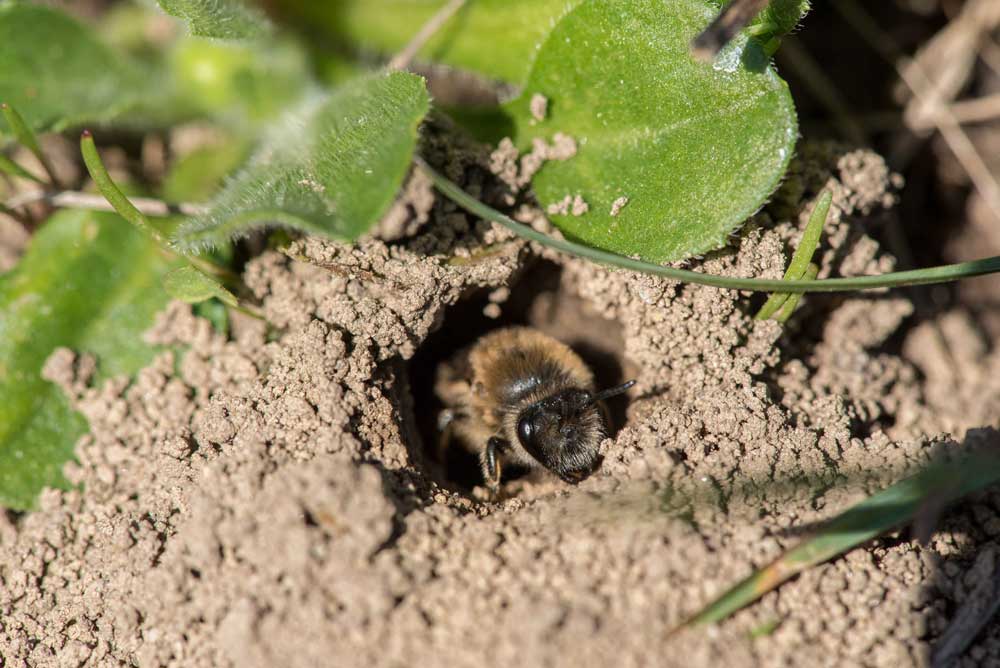Saving our bees – seriously!
Bees get a lot of attention nowadays. Everyone speaks about their survival, although knowledge of the different species and their habitats is still relatively limited. The Netherlands already have a »national bee strategy«, aimed at nurturing pollinators and enhancing pollination performance through to 2030.
As a first step in this direction, Wageningen University has »mapped« the different bee species. Alongside the honey bees, which are always in the forefront, there are over 550 other species with substantially different respective habitat requirements. There’s also the question on what is to be encouraged: pollination performance or maximum species diversity as a value on its own. It’s no surprise that the number of pollinating species is poorly represented in intensively farmed regions, as well as in urban areas. In other regions, the geological character of the countryside also plays a role. But even where there’s a wide range of bee types, this doesn’t automatically mean good pollination performance.
Hoverflies: not to be underestimated
In fact, most pollination is carried out by only a handful of bees and hoverflies. Just 2 % of the different species are responsible for 80 % of all pollination. Of the 32 most important pollinating bee species in the Netherlands, nine appear relatively often in intensively farmed regions. A dominant role is also played by four types of hoverflies. Strips of flowering plants between fields support pollination performance which, above all, helps boost fruit yields. However, encouraging the amount of different species necessitates a substantially higher level of biodiversity. Additionally, most species need very specific »microbiotopes« such as, for instance, sandy field edges or banks.



